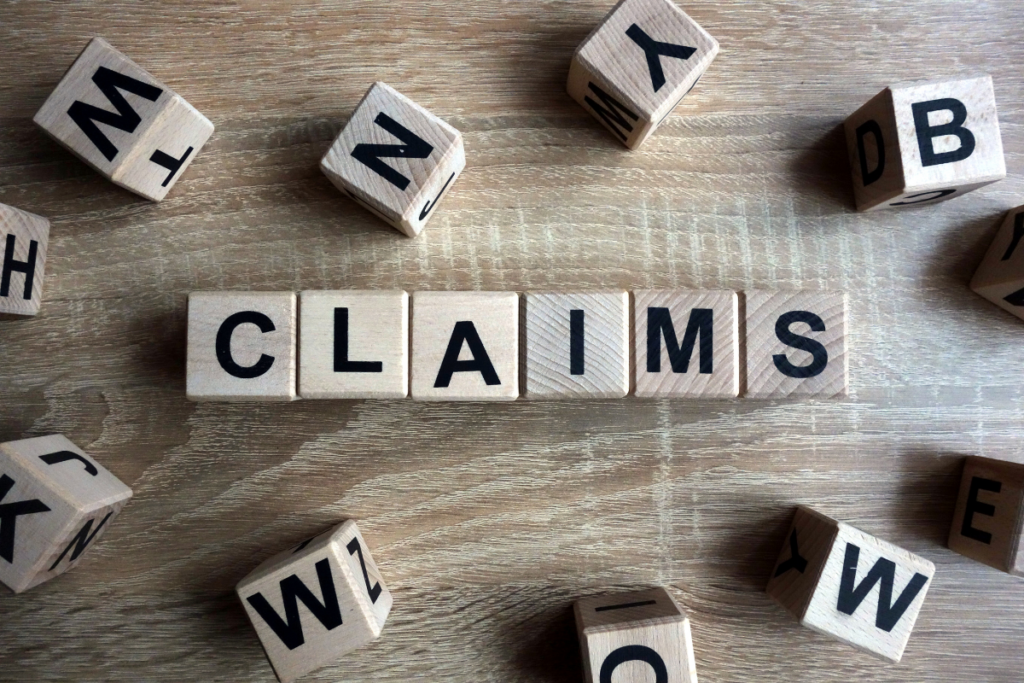Accidents happen when you least expect them, especially in a crowded city like San Jose.
One moment, you’re going about your day; the next, you’re dealing with pain, medical bills, and stress. If someone else’s actions caused your injuries, you can seek compensation.
Filing a personal injury claim in San Jose may seem overwhelming, but taking the proper steps can make a huge difference. Many people turn to San Jose personal injury lawyers for fair compensation.
Knowing what to do can protect your rights. Here are the steps involved in filing a personal injury claim.
Step 1: Seek Immediate Medical Attention
Your health must be prioritized. Even if you feel fine after an accident, you should see a doctor immediately.
Some injuries, like concussions or internal bleeding, may not show symptoms right away. Your prompt action in seeking medical attention can significantly impact your recovery and your claim.
Medical records will serve as crucial evidence in your claim. If you delay treatment, insurance companies might argue that your injuries are not severe or unrelated to the accident.
Step 2: Gather Evidence at the Scene
If possible, collect evidence immediately. Use your phone to take pictures of the accident scene, your injuries, and any property damage. If there were witnesses, ask for their contact details.
In cases like car accidents, obtaining a copy of the police report is crucial.
If your injury occurred at a business, reporting it to the manager and asking for a written statement can significantly strengthen your claim.
Remember, the more evidence you have, the stronger your claim will be. This empowers you in the process of seeking compensation.
Step 3: Notify the At-Fault Party and Their Insurance Provider
Let the responsible party know about your intent to file a claim. You must also inform the insurance company if the accident involved a vehicle.
Be cautious when speaking to insurance adjusters. They might ask you to give a recorded statement—don’t do it without legal advice. Keep all communication in writing to avoid misunderstandings.
Step 4: Calculate Your Damages
Before filing a claim, determine how much the accident has cost you. Your damages may include:
- Medical bills (hospital visits, medication, therapy)
- Lost wages if you missed work
- Pain and suffering
- Property damage (such as vehicle repairs)
According to the National Safety Council, the average cost of a non-fatal injury in the U.S. is $42,000. In cases of severe injuries, costs can be much higher. Keeping all receipts and bills will help you prove your losses.
Step 5: Consult a Personal Injury Attorney
Legal help can make a difference, especially if your injuries are severe or the insurance company is offering a low settlement. A skilled attorney understands California’s personal injury laws and can negotiate on your behalf.
Many attorneys offer free consultations, so it doesn’t hurt to ask for advice. If your case goes to court, having a lawyer will increase your chances of winning fair compensation.
Step 6: File a Claim with the Insurance Company
Once you have medical records, evidence, and a clear idea of your damages, you can file a claim with the at-fault party’s insurer. This involves submitting documents that explain the following:
- How the accident happened
- The extent of your injuries
- The financial impact of the accident
Insurance companies typically take 30 to 45 days to investigate a claim. However, they might delay or deny it to avoid paying.
If this happens, a lawyer can help you challenge their decision by providing additional evidence or negotiating a fairer settlement.
Step 7: Negotiate a Settlement
Most personal injury cases are settled before going to court. The insurance company will likely make an initial offer, but it’s usually lower than you deserve.
Don’t accept the first offer without reviewing it carefully. If it doesn’t cover all your expenses, negotiate for a higher amount. Your attorney, if you have one, can handle this for you, using their expertise to ensure you receive a fair settlement.
Step 8: File a Lawsuit
If negotiations fail, the next step is filing a lawsuit. This means that your case will go to trial. The court is a whole different ball game. Your lawyer will present your case in front of the judge and jury. They will make strong arguments and counter those made by the defendants.
In the end, the jury will make a decision on the compensation you may receive.
Conclusion
Filing a personal injury claim in San Jose may seem daunting, but with the right guidance and understanding of the process, you can increase your chances of a successful claim.
Remember, taking action early and gathering strong evidence will significantly improve your chances of a successful claim. Stay hopeful and optimistic about the outcome.




